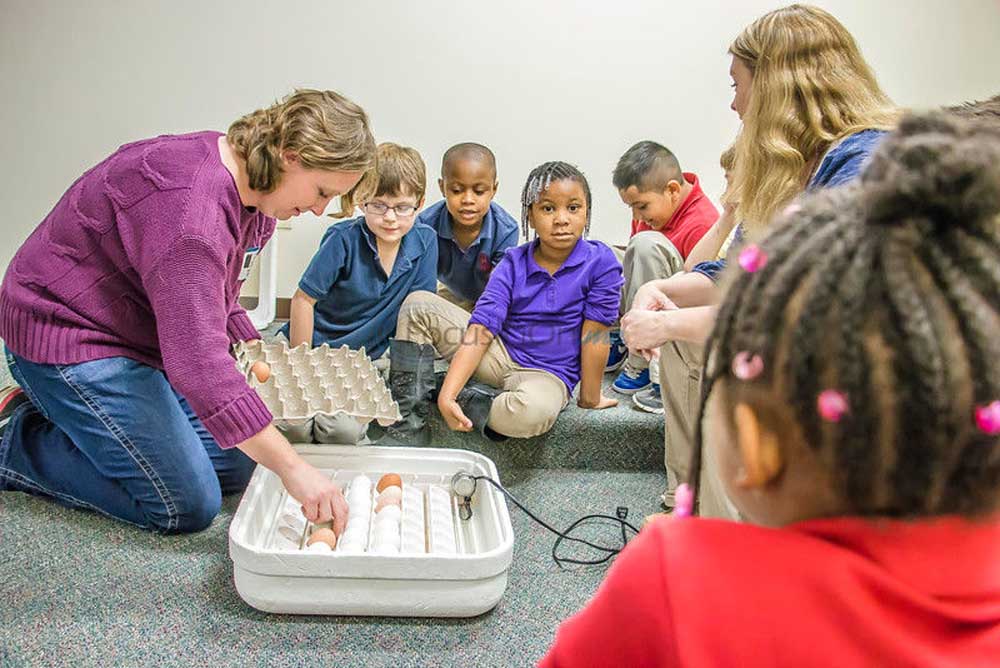Students learn about incubated eggs, how they become chicks
Published 12:03 am Friday, February 6, 2015
First-graders at several Tyler ISD schools watched with excitement and awe and asked many questions on Thursday when a 4-H representative delivered a hatchery and eggs to their classrooms.
Over the next 21 days, the students and their teachers will take care of the incubated eggs and then watch them hatch into chicks.
“It’s a good opportunity for the children because a lot of them will never get the opportunity (otherwise) to see a chicken hatch,” Karla Florence, a first-grade teacher at Bell Elementary Global Communications Academy, said.
The experience is hands-on, visual and real, she said, adding that students will learn responsibility and a lot of facts such as the parts of an egg while doing research.
The incubator and eggs will stimulate higher-level thinking because many children just see eggs in a grocery store and don’t understand or make the connection to what’s going to happen in the incubation and hatching process, Ms. Florence said.
“It’s probably one of the best things we do all year,” she added.
Sarah Bolt, Smith County 4-H extension agent for Texas A&M Agrilife Extension Service, delivered incubators on Thursday to Bell, Bonner, Caldwell, Jones and Dixie elementary schools. At other times during the school year, she makes the same delivery to first grades in all the other Tyler ISD elementary schools.
The program is called “Hatching in the Classroom.”
At the start, Ms. Bolt makes an informational presentation to classes about chickens, eggs and the incubator.
The eggs rest in a tray that turns the eggs because the embryos need exercise, Ms. Bolt said.
About two weeks after delivering the eggs, she plans to return to the schools with a machine with a bright light to see if anything is growing inside the eggs. It’s like an egg sonogram, but is called “candling” because in old days a candle was used, Ms. Bolt said.
The third week, the eggs hatch.
Talking about fertility and infertility, Ms. Bolt told students that grocery store eggs never hatch because they come from hens that have never been around roosters and are not fertilized.
Just as children lose their baby teeth, baby chickens hatch with an egg tooth on top of their beak and lose it about 48 hours after they hatch, she said.
Pupils asked what chickens eat while they are inside the egg. Ms. Bolt said they eat the yolk, which is the nutritional part of the egg.
They also asked where chickens live. She said the chickens are going to live on a farm and some will be raised for meat.







